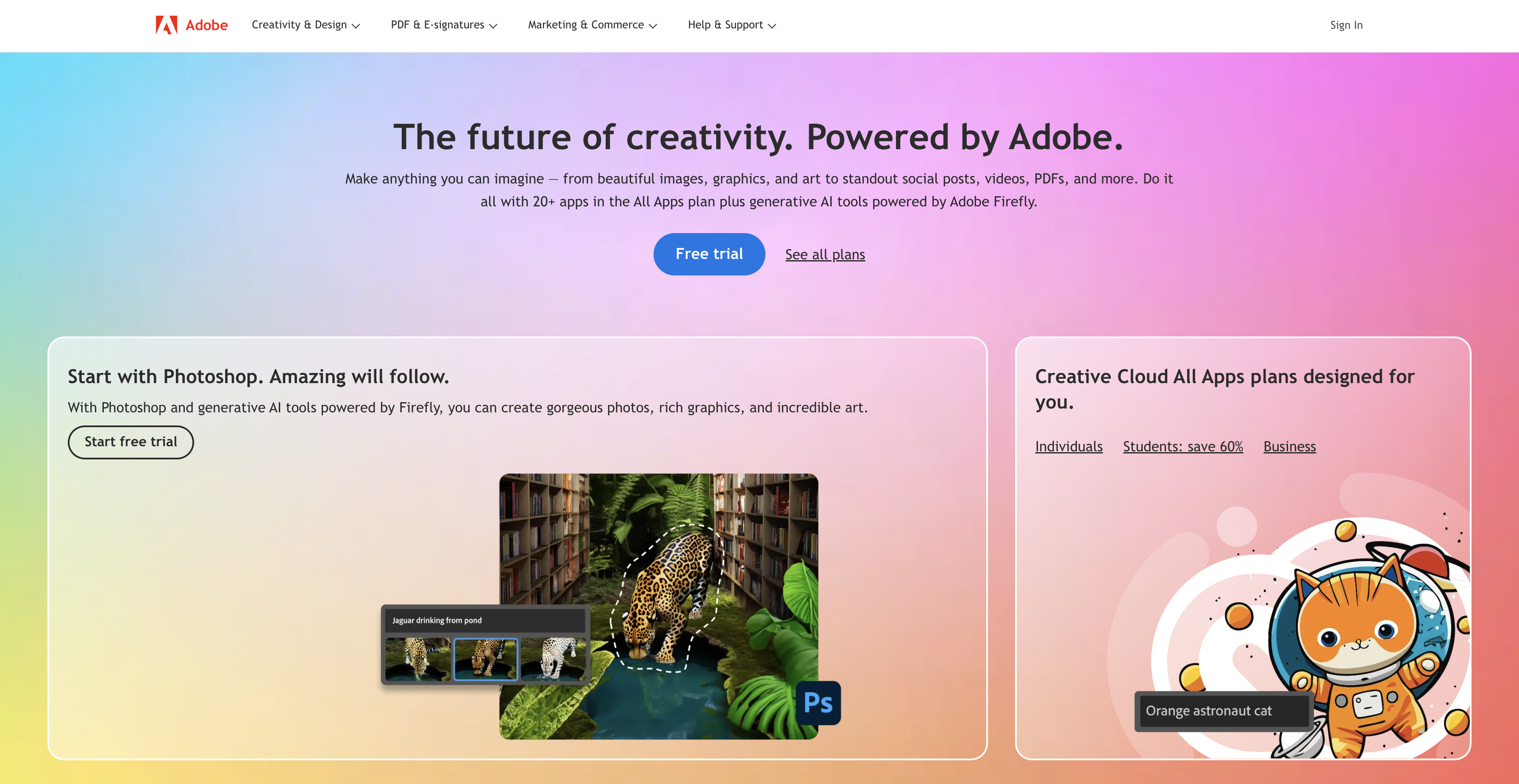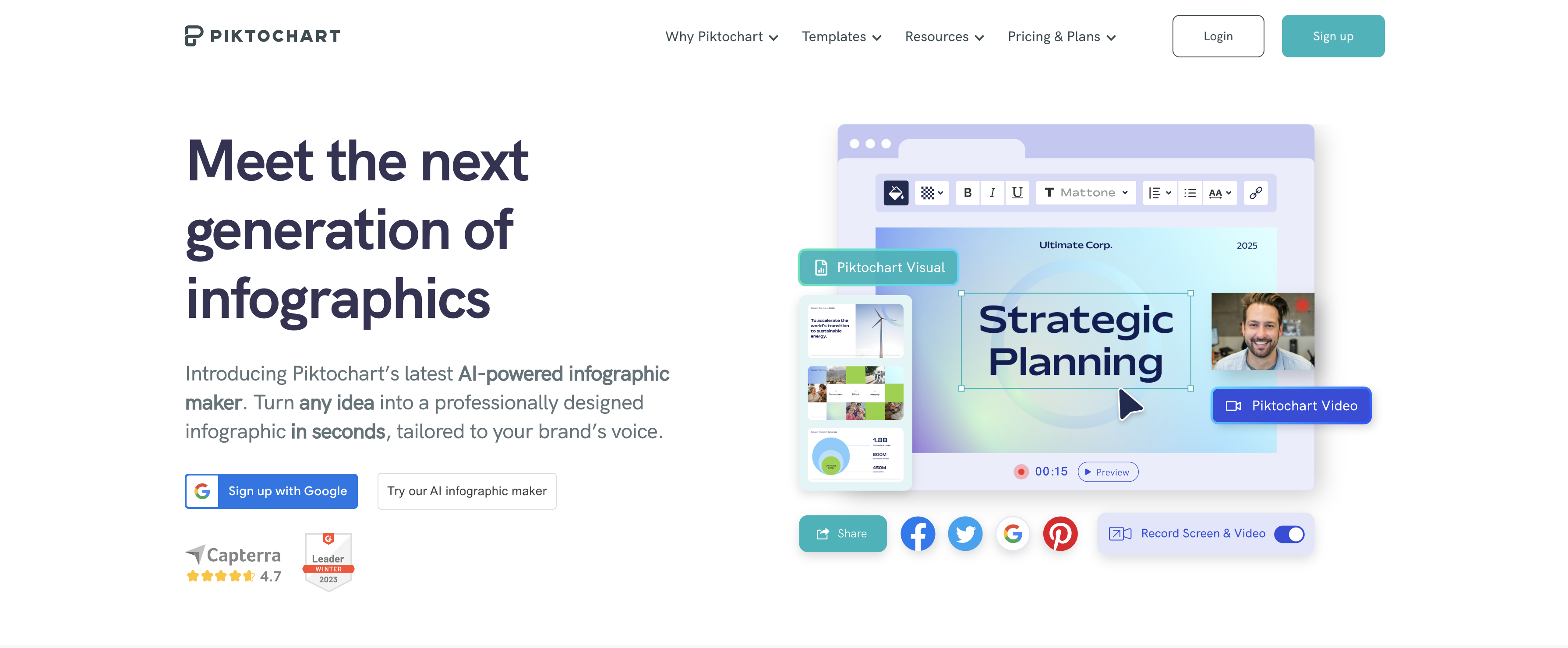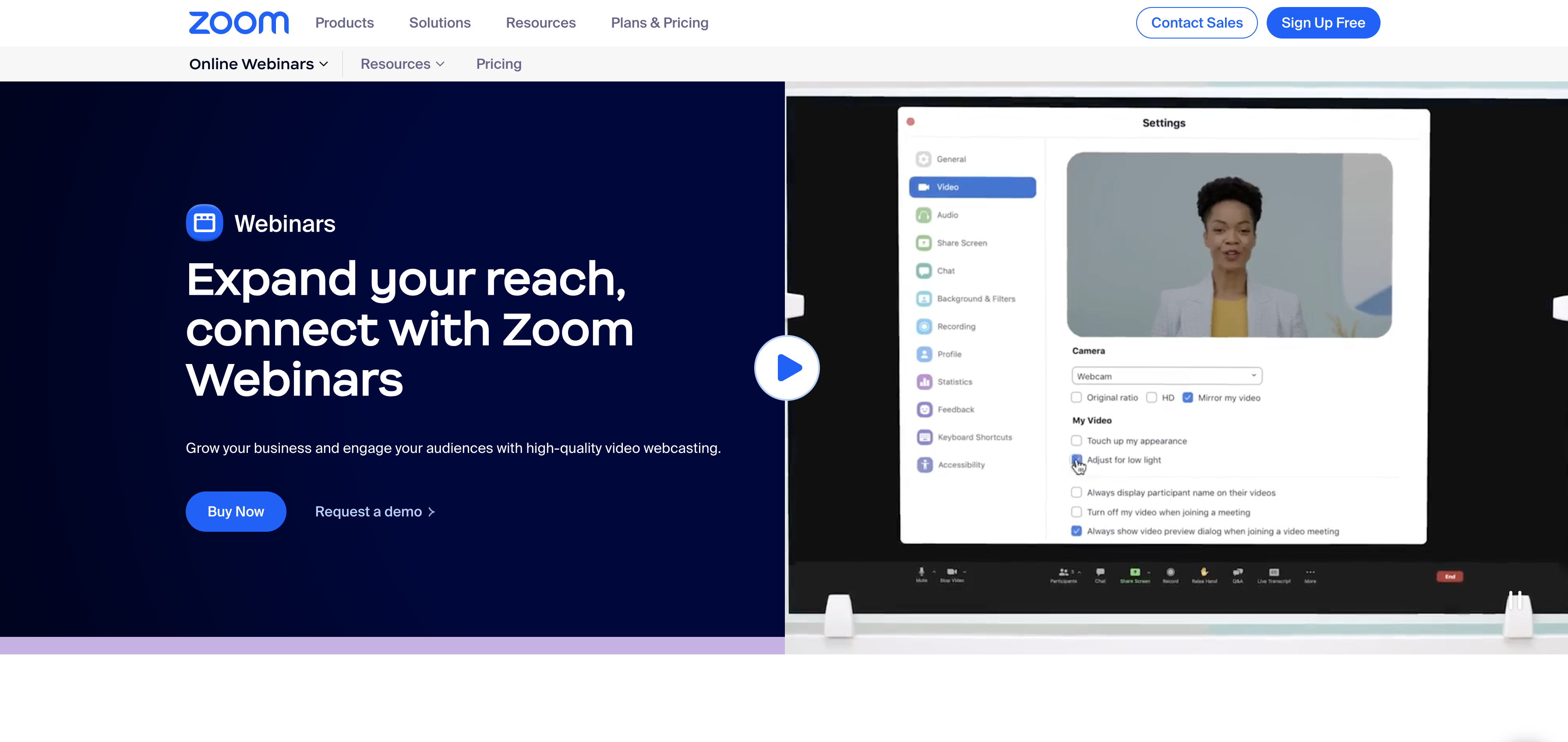Growing your business is a constant, multifaceted process. Sometimes you’re looking for ways to make your day-to-day operations more efficient; other times you’re developing new products to expand your company’s roster of offerings. Outside of these, the most essential way to spur growth is through generating leads and making sales.
Lead generation — the first phase of any sales process — can be a time-consuming and potentially arduous endeavor, and every business owner would probably love to find a silver bullet for it.
The inbound marketing and sales software company HubSpot revealed in its 2021 state of marketing report that generating leads is the top priority for marketers in the next year. In an ever-changing marketplace, the best tactics for lead generation are constantly evolving, and a recurring problem for business owners is figuring out how to keep up with the best tools and latest trends.
Business owners can also become overwhelmed by options, as there’s a lot to explore in the world of marketing tools and tricks. Lead generation can involve using specialty software programs, collating customer relationship managers, and creating process visualizations that help your sales team. As you sift through these to understand what works for you, one excellent tool you can take advantage of is a lead magnet.
These multipurpose marketing devices take many forms. By appreciating the range of their capabilities, you can make them incredibly effective for lead generation, catalyzing your sales and overall company growth. This is why understanding how to create a lead magnet is fundamental to your marketing efforts.
Understanding the lead magnet
A lead magnet is any item or service you give away to gather contact information for a sales lead. When compared to more complex marketing aids, lead magnets are fairly straightforward but incredibly handy and shareable.
For B2B companies, lead magnets can take the form of downloadable guides or e-books, newsletters, case studies, or even more substantial giveaways like free webinars. In B2C companies, lead magnets usually have monetary value, such as coupons, free shipping offers, or product or service samples.
Lead magnets are some of the most commonly used and effective baseline tools in sales and marketing. They’re easy to distribute, making lead collection simple and quick. At the same time, they can demonstrate your expertise or interest in your business area, impressing your potential customers.
As you learn how to create a lead magnet of your own, consider how you can tailor it to focus on converting these high-potential customers. The contacts gathered from lead magnets are often more qualified leads than you get elsewhere. In other words, because the individuals accepting these items are already interested in your business, you know they fit certain marketing criteria that increases their closing potential.
The effectiveness of lead magnets depends on how you tailor the magnets you use to both your business and audience. As a tool for generating sales and reaching out to your potential customer base, they’re fairly popular for digital conversion and email collection.
Still, there’s significant room in the marketing world to take advantage of lead magnets. HubSpot’s recent report on email lead capture — lead generation focused on collecting email addresses for contacts — found that only about half of marketers use lead magnets, even though they are aware of the higher conversion rates these handouts have.
The wide variety of lead magnets and their applications give you freedom in your sales process. Learning how to create a lead magnet is key to your lead generation tactics — and it will help your business stand out in a crowd.
Building an effective lead magnet
Knowing how to create a lead magnet starts with understanding how to drum up excitement. Even though lead magnets are versatile, most of them include a few key components that capture a customer’s attention enough to entice them to interact with your company. The design of these elements differs depending on the audience and your branding, but the implementation of each will stay the same.
Call to action (CTA)
As an interactive piece of inbound marketing — marketing that attracts customers to you, rather than you reaching out to them — a lead magnet demands a clear call to action that triggers your lead to engage with the content and explore further.
The easy access to and engagement with the magnet is just as important as the magnet itself. You should include eye-popping copy and design to invite users to learn more about your company and provide their end of the “transaction” in the form of contact information.
Let’s say you’re an IT-focused SaaS company, and your lead magnet is an e-book about optimizing the IT capabilities of a business. You could state how the e-book will help readers learn about a particular issue and emphasize your company’s IT expertise and role in the industry.
You can even give a glimpse of what a partnership between you and a customer could look like. A CTA would summarize and direct the person to a page where they can then download the e-book.
Landing page
Once a strong CTA points your potential customer in the right direction, you’re on the precipice of extracting a lead through your magnet. On the landing page, ask for contact information to either email users the lead magnet or give them access to another site to view or download it.
The landing page should extend the branding from the CTA to further entice the customer. Whether it’s a simple website, an email, or a short, accessible form, the landing page should have a simple interface where the user can enter their contact information and reap the benefit of the lead magnet.
Confirmation
To close the loop for your potential lead, allow them to anticipate how you’ll correspond with them going forward. On top of displaying a “thank you for downloading” message on your landing page, send a confirmation email or text message.
This message can give a sense of your outreach style with a fun design and snappy copy. It will set up the customer’s expectations regarding how they might expect to hear from your company again in a sales context.
Exploring lead magnet examples
When investigating how to create a lead magnet, think about your audience and the types of giveaways they’d like to receive. The following are the most popular.
E-books
Some of the most marketable lead magnets on the web, e-books are helpful long-form guides that typically range from 5,000 to 10,000 words, depending on the density of the topic. Most often offered by B2B companies, e-books can demonstrate a level of expertise that raises you above the competition and sets future clients at ease by building trust.
Keep in mind that a text-heavy e-book doesn’t convey a user-friendly attitude to many customers — especially those who want information quickly. Beef up your pages with graphics, charts, and even action items or checklists so that readers can take away the most important information from your guide.
Webinars
A more involved and interactive lead magnet, a webinar can be an excellent way to find interested potential customers willing to invest more than a glance at a PDF into your company or industry.
The reward of investing substantial resources into a free webinar is generating something like a mini networking event for you and potential customers, giving you the chance to speak more directly with them and probe their interests.
Webinars are particularly versatile magnets. In the best case scenario, users will view your webinar live and later you’ll share a recording. Offering these recordings is a great way to expand your reach and extend the life of the lead magnet.
You can also consider announcing that you’ll have a product demonstration within the webinar to draw in those particularly interested in getting a closer look at what you can do for them and their business.
Coupons
A long-standing and popular lead magnet most used by B2C retailers, coupons will never go out of style — as long as people love to get things cheaper than they expect to. This category covers all types of discounts, whether you’re offering a reduced cost for a first-time buyer, free delivery of a product, or a free trial period for a new subscription service.
Quizzes
Though at first glance they may seem like an unorthodox lead magnet, quizzes are a fun and out-of-the-box way to engage potential customers.
Whether you do your own take on a BuzzFeed-style quiz or offer a more serious but brief way for customers to assess their needs, quizzes don’t wear on people’s attention spans, and they make for absorbing content.
They’re also easily shareable on social media, meaning they’ll pay dividends when customers invite others to join in on the action.
Lead magnet software programs and templates
Your lead magnet may include a roster of different programs that interact, depending on the type of item you’re creating. Once you’ve solidified how to create a lead magnet and pinpointed the type you want to create, you can use some of these helpful programs to build something your audience will be eager to explore.
Adobe
As a full-fledged design suite, Adobe Creative Cloud offers extensive capabilities for you to design brand-specific lead magnets. Its subscription-based programs — like InDesign and Acrobat Pro DC — are perfect for building e-books, PDFs, toolkits, and other shareable long-form content. On top of that, its state-of-the-art image editing and creation tools — such as Photoshop and Illustrator — put you firmly in the driver’s seat to control the look and feel of your brand.
Piktochart
A free option for those less versed in design, Piktochart offers excellent baseline capabilities for creating shareable content. Explore some of its lead magnet options — like infographics, mini presentations, posters, brochures, and other eye-catching visuals — to attract customers.
Zoom
Now a household name, the teleconferencing software is the perfect assistant for setting up and hosting lead magnet webinars. With the simple setup and webinar templates, you can make registration a breeze and collect customer information safely and efficiently.
HubSpot
An inbound marketing leader, HubSpot offers a suite of products and services, including a landing page builder, a useful tool for designing interactive elements and showcasing a CTA to get customers to download the lead magnet.
This tool ensures your landing page engages your visitors with a top-notch user experience. Check out some of HubSpot’s top template designs to find the best fit for your brand.
Creating lead magnets with Jotform
With a better understanding of how to create a lead magnet — and the tools at your disposal to build them — you’re just about ready to get your lead generation off the ground. You can take this operation to the next level using Jotform.
Many of the lead magnet types we’ve mentioned are part of Jotform’s suite of offerings. For example, you can choose from more than 260 of Jotform’s quiz form templates to find the format that fits your business. These work great for designing shareable, dazzling quizzes that can make a splash on social media.
If you decide to host a webinar to engage more deeply with leads, you can use Jotform’s webinar signup form template to easily collect contact info, drawing in interested potential customers to your informational sessions.
Additionally, Jotform form templates that sign up users for email updates and correspondence or quick subscriptions to your newsletters reduce friction between leads and lead magnets, maximizing your results.
To supplement any of your lead magnets, include other forms using any variation of Jotform’s lead generation form templates. You can customize any of these with Jotform’s Form Builder and easily integrate them into CRMs such as HubSpot or Salesforce.
You need a way to organize contact information and analyze your efforts to see which are working. With Jotform Tables, you can collect the form data you’ve gathered in a single space for all your teams to view. This tool will help you glean insights from what you’ve collected, identify successful lead magnets, and track the progress of new leads in the sales funnel.
By creating a lead magnet that works for your business and taking advantage of a variety of tools, you’ll turbocharge your lead magnets and give yourself a leg up with marketing-qualified leads. This is how you’ll make inroads into the markets that will serve you best for your long-term growth.
Photo by Andrea Piacquadio

























































Send Comment: